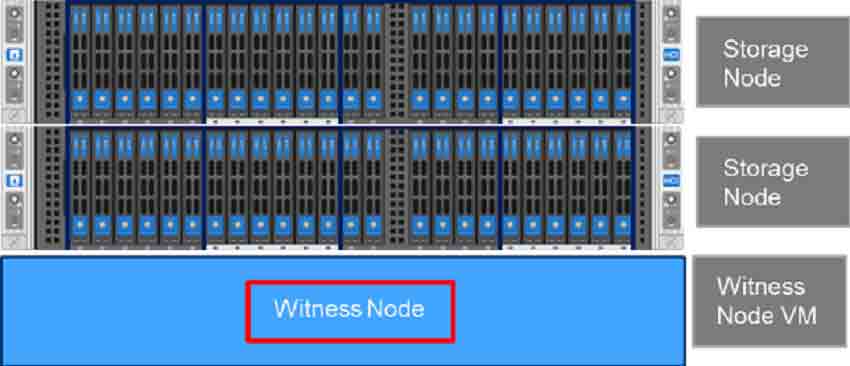NetApp has begun offering a new, smaller HCI (Hyper-Converged Infrastructure) appliance. Previously, the smallest HCI configuration NetApp supported used six total nodes, making both space and cost a concern for many potential customers. By reducing the minimum number of nodes needed to form a cluster, NetApp hopes to reach new markets. Today’s announcement comes hot on the heels of NetApp’s agreement to acquire Spot. NetApp was founded in 1992 as Network Appliance. It was known by that name until 2008 when it formally shortened its name to NetApp to reduce confusion. NetApp provides storage and data management solutions, including HCI options.
NetApp has begun offering a new, smaller HCI (Hyper-Converged Infrastructure) appliance. Previously, the smallest HCI configuration NetApp supported used six total nodes, making both space and cost a concern for many potential customers. By reducing the minimum number of nodes needed to form a cluster, NetApp hopes to reach new markets. Today’s announcement comes hot on the heels of NetApp’s agreement to acquire Spot. NetApp was founded in 1992 as Network Appliance. It was known by that name until 2008 when it formally shortened its name to NetApp to reduce confusion. NetApp provides storage and data management solutions, including HCI options.

Previously the minimum NetApp HCI configuration has been two compute nodes and four storage nodes (2+4). Now, NetApp is offering a 2+2 HCI configuration. The new, smaller configuration still has two compute nodes, but can now function with only two storage nodes. In the past, NetApp had resisted requests for a smaller HCI configuration because their software could not adequately guarantee that no data would be lost when a storage node went down with anything less than four storage nodes. With the software changes in Element OS 12.0 and NetApp HCI 1.8, the company has found a solution to this problem. Now, NetApp HCI clusters can be configured to have a witness virtual machine (VM) to provide a third vote to prevent tied votes when the cluster checks data validity.
Customers now have the option of provisioning a VMware virtual machine “witness VM” during NetApp HCI installation on any two compute nodes in the HCI configuration. The “witness VM” is stored on the compute nodes’ local drives to enforce the physical separation from the shared Element OS storage cluster of the physical nodes, thus achieving independence and protection of the witness node. This is the primary change in architecture that enables the 2-node storage cluster in the 2+2 HCI solution. When one of the physical storage nodes is taken offline or fails, the “witness VM” and the remaining physical node promotes a quorum leader, thus eliminating a spit-brain scenario and maintaining consistent data availability and other data services.
Like previous generations of NetApp HCI solutions, the 2+2 cluster can grow either direction as needed. NetApp says that they also now support 2+3 clusters, so customers can freely add compute and storage nodes whenever they want, and in whatever quantity they want to meet their capacity needs.
Availability
Immediately
Engage with StorageReview
Newsletter | YouTube | Podcast iTunes/Spotify | Instagram | Twitter | Facebook | RSS Feed
